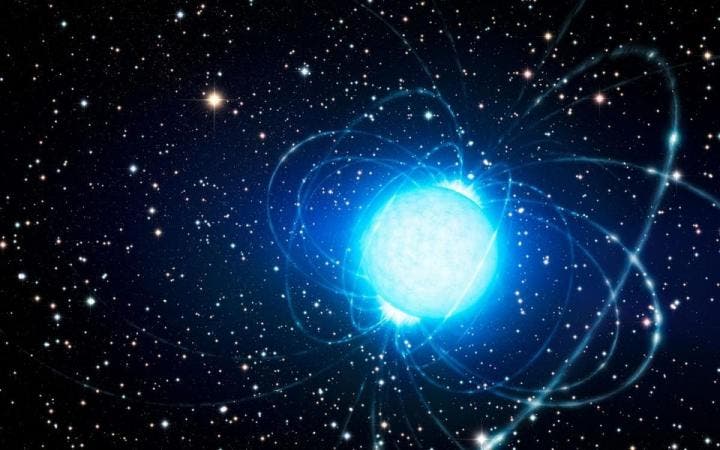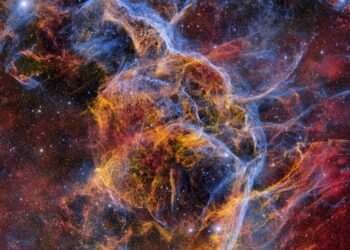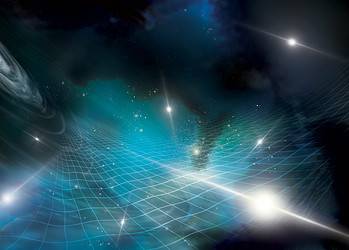The surfaces of neutron stars may feature mountains, albeit ones that are no more than millimetres tall, new research has revealed. The minuscule scale of neutron star mountains is a result of the intense gravity produced by these stellar remnants that are the second densest objects in the Universe after black holes.
Because neutron stars have the mass equivalent to a star like the Sun compressed into a diameter that is about the size of a city on Earth–about 10km– they have a gravitational pull at their surface that is as much as 40,000 billion times stronger than Earth’s.
This presses features on that surface flat, making for almost perfect spheres. Yet the new research, presented at the National Astronomy Meeting 2021 shows that these stellar remnants do feature some tiny topological deformations, analogous to mountains on a planet’s surface.

The finding was a result of complex computer modelling by a team of researchers led by the University of Southhampton’s Fabian Gittins. The Ph.D. student’s team simulated a realistic neutron star and then calculated the forces acting upon it. What the research really shows is how well neutron stars can support deviations from a perfect sphere without its crust being strained beyond breaking point.
This revealed how mountains could be created on such dense stellar remnants and demonstrated that such formations would be no taller than a fraction of a millimetre.
“For the past two decades, there has been much interest in understanding how large these mountains can be before the crust of the neutron star breaks, and the mountain can no longer be supported,” says Gittins. These results show how neutron stars truly are remarkably spherical objects. “Additionally, they suggest that observing gravitational waves from rotating neutron stars maybe even more challenging than previously thought”.”
Mountain formation has been formulated for neutron stars before, but these new findings suggest such features would be hundreds of times smaller than the mountains of a few centimetres previously predicted. This is because those older models took the crusts of neutron stars to the edge of breaking point at every single point; something the up-to-date research suggests is less than realistic.
Neutron stars form when massive stars run out of fuel to power nuclear fusion. This means that the toward force balancing against gravity’s inward pull is cancelled and leads to the gravitational collapse of the star. During the course of this collapse, the massive star ejects its outer material in supernova explosions and leaving behind a core of ultradense material. This stellar remnant is only protected from further collapse–and in turn, becoming a black hole–by the quantum mechanical properties of the neutron-rich material that composes it.
The finding may have implications that go beyond the modelling of neutron stars. Tiny deformations on the surface of rapidly spinning neutron stars called pulsars could launch gravitational waves–the tiny ripples in spacetime predicted by general relativity and detected here on Earth by the LIGO/Virgo collaboration.
Unfortunately, as precise and sensitive as the LIGO laser interferometer is, it is still not powerful enough to detect gravitational waves launched by these ant-hill like mountains. It is possible that future upgrades to these Earth-based detectors and advancements such as the space-based gravitational wave detector LISA could make observing the effect of these tiny bumps possible.







